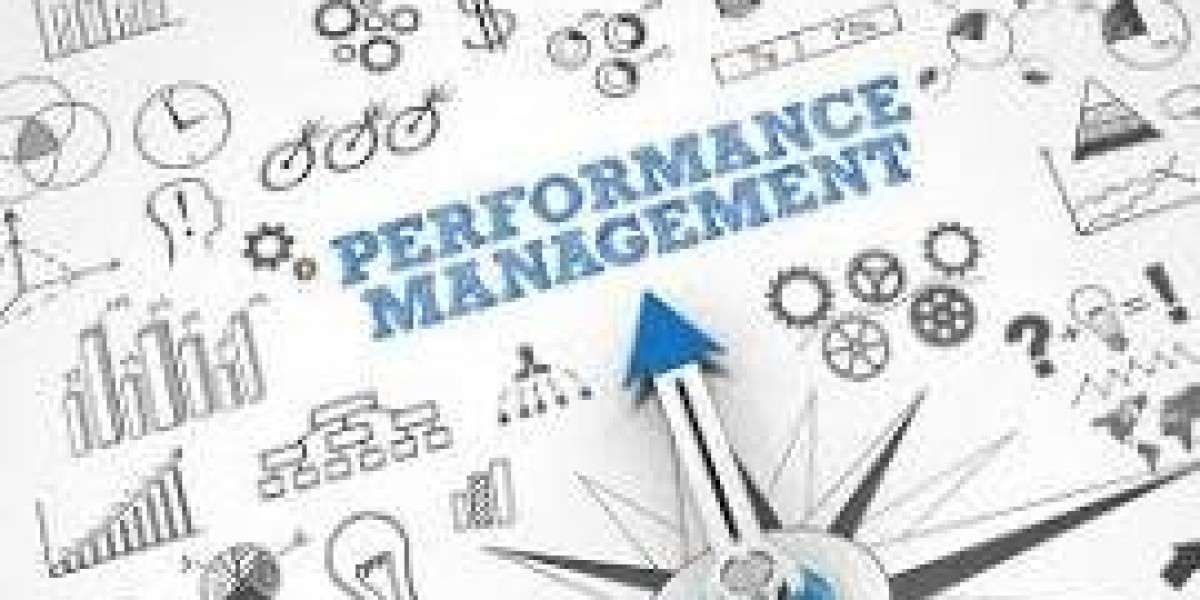Annual Performance Review: A Comprehensive Guide to Effective Evaluations
The annual performance review is a critical process in the human resource management landscape, serving as a formal evaluation of an employee's job performance over the past year. This practice aims to assess achievements, provide constructive feedback, and align individual performance with the organization’s goals. Although the concept of annual performance reviews has faced criticism and calls for modernization, they remain an essential part of organizational culture and employee development when conducted effectively.
This article explores the significance of annual performance reviews, key components of the process, common challenges, and best practices to ensure they yield beneficial outcomes for both employees and organizations.
1. Importance of Annual Performance Reviews
Annual performance reviews serve multiple purposes that contribute to both employee and organizational success:
Performance Assessment: These reviews provide a structured way to evaluate an employee’s contributions to their role, measuring accomplishments against established performance criteria. This assessment can highlight both strengths and areas needing improvement.
Goal Alignment: Annual reviews offer an opportunity to align individual objectives with the broader goals of the organization. Employees gain clarity on how their work impacts the organization’s success, fostering a sense of ownership and accountability.
Feedback Mechanism: Reviews facilitate constructive feedback that can guide employees in their professional development. This feedback is essential for recognizing achievements and addressing performance gaps, providing employees with actionable insights.
Professional Development: Annual reviews serve as a platform to discuss career aspirations and identify development opportunities. Organizations can use these discussions to tailor training and support initiatives that meet employees' needs and help them reach their goals.
Documentation and Accountability: The performance review process creates a formal record of performance evaluations, feedback, and development plans. This documentation can be critical for future decision-making regarding promotions, raises, or disciplinary actions.
2. Key Components of an Annual Performance Review
A well-structured annual performance review typically includes several key components:
Preparation: Before the review meeting, both managers and employees should prepare. Managers should gather performance data, including past goals, feedback, and any relevant metrics. Employees should reflect on their accomplishments, challenges, and areas for growth.
Goal Setting: During the review, managers and employees should discuss and set specific, measurable, achievable, relevant, and time-bound (SMART) goals for the upcoming year. These goals should be aligned with organizational objectives and individual career aspirations.
Performance Assessment: Managers provide a comprehensive evaluation of the employee’s performance over the past year. This assessment should cover both quantitative metrics (e.g., sales numbers, project completion rates) and qualitative aspects (e.g., teamwork, communication skills).
Feedback Session: A critical part of the review is the feedback session, where managers provide constructive insights into the employee’s strengths and areas for improvement. This dialogue should encourage open communication and allow employees to ask questions or seek clarification.
Development Planning: Managers should work with employees to create a personalized development plan that outlines training, mentorship, or other resources needed to help them grow in their roles. This plan should be revisited periodically throughout the year.
Recognition and Rewards: Recognizing and celebrating accomplishments is vital for employee motivation. Annual reviews provide a platform to acknowledge successes, whether through verbal praise or tangible rewards.
3. Common Challenges in Annual Performance Reviews
Despite their importance, annual performance reviews can present several challenges:
Bias and Subjectivity: Managers may unintentionally introduce bias into the evaluation process, leading to unfair assessments. Factors such as personal relationships, recent performance (recency bias), or cultural biases can skew evaluations.
Ineffective Communication: Poor communication during the review process can lead to misunderstandings, dissatisfaction, or disengagement. Managers must ensure they deliver feedback clearly and constructively, fostering a positive dialogue.
Resistance from Employees: Some employees may view annual reviews as a source of anxiety or dread, particularly if they fear negative feedback. Addressing these concerns requires fostering a culture of open communication and continuous feedback throughout the year.
Time Constraints: Conducting thorough performance reviews can be time-consuming, and managers may struggle to find time in their schedules to prepare adequately and conduct effective meetings.
Lack of Follow-Up: Without follow-up throughout the year, performance reviews can become mere formalities rather than meaningful development tools. Setting regular check-ins and progress assessments can help maintain momentum.
4. Best Practices for Conducting Effective Annual Performance Reviews
To maximize the effectiveness of annual performance reviews, organizations should adopt the following best practices:
Encourage Continuous Feedback: Rather than relying solely on annual reviews, organizations should promote a culture of continuous feedback. Regular check-ins and informal conversations can help employees stay informed about their performance and make adjustments in real time.
Train Managers on Evaluation Techniques: Providing training to managers on conducting effective performance evaluations can help reduce bias and improve the quality of feedback. Training should emphasize the importance of objectivity, effective communication, and setting clear expectations.
Use Data and Metrics: To ensure a fair assessment, organizations should utilize performance metrics and data to support evaluations. Objective data helps to minimize subjectivity and provides a clearer picture of an employee's contributions.
Foster Open Communication: Creating a safe environment for dialogue during performance reviews encourages employees to share their thoughts and concerns. Managers should actively listen and encourage a two-way conversation, making employees feel valued and heard.
Set SMART Goals: When establishing goals for the upcoming year, use the SMART framework to ensure that objectives are clear, attainable, and aligned with the organization’s priorities. This clarity helps employees understand their focus areas.
Document the Review Process: Maintaining thorough documentation of performance evaluations, feedback, and development plans is essential. This record provides a reference point for future evaluations and can help ensure accountability.
Follow Up on Development Plans: After the annual review, schedule regular check-ins to discuss progress on development plans and goals. This follow-up reinforces accountability and keeps employees engaged in their growth.
Conclusion
The annual performance review is a vital process in employee development and organizational success. By providing structured assessments, continuous feedback, and personalized development plans, organizations can foster a culture of high performance and engagement. While challenges exist, implementing best practices and promoting a culture of open communication can help transform annual reviews into meaningful and effective evaluations that benefit both employees and the organization as a whole. By investing in this process, companies can ensure that their employees are motivated, aligned with organizational goals, and equipped to achieve their full potential.







